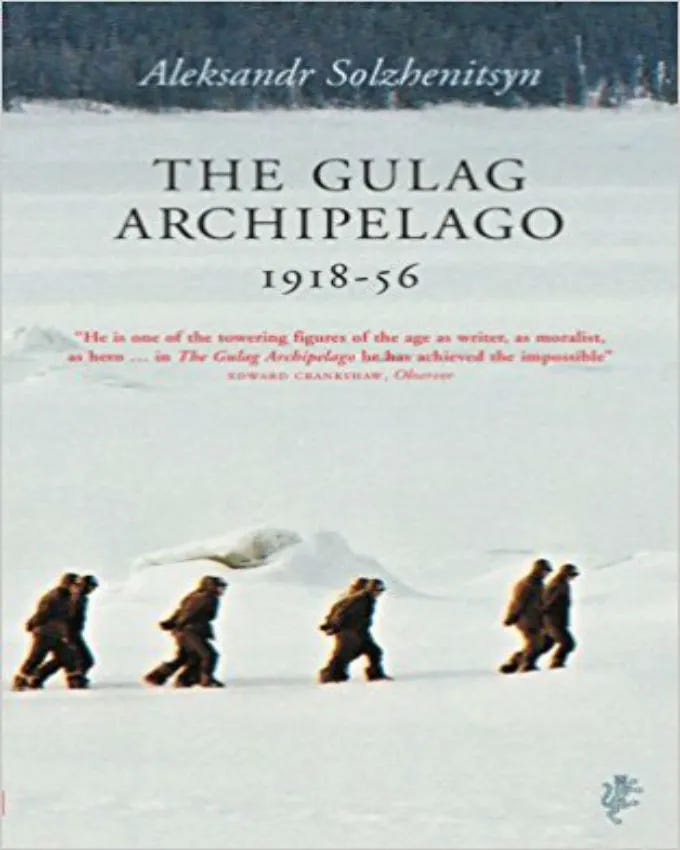Obedience to Authority: An Exploration, Part IV
On 'Mass Formation', Woke and Corporatist News: Chicken or Egg: A Possible Answer

Continued from
Chicken or Egg: A Possible Answer to the Existence of Obedience to Authority and Mass Formation
I find that I have taken myself into a difficult position. What to do with this thought-stream and ideas? What else is there? What is the genesis of obedience to authority? Have I come to an answer to what the relationship is between obedience to authority and mass formation? What other evidence is there for the existence of mass formation as a dormant psychological virus or parasite that gets activated when the conditions are correct?
My first thought is to affirm that so-called ‘mass formation’ does not, and perhaps even cannot, exist without obedience to authority. Obedience to authority is the precondition, the dormant virus or parasite, and mass formation is a particularly clear and pernicious manifestation of it as directed by an authority or figure of authority. For example, it is permanently extant within the corporate news rooms and is predicated on their obedience to the authority of the state and, especially for the executives, by the authority of the lure for lucre.
🙏 If this essay gives you some pleasure, and/or an ‘aha’ benefit, become a paid subscriber. 🙏
🙏 Thank you. 🙏
And I will further posit that the blindness of the general population to this state of the corporate news is predicated on obedience to authority too. In this case, the accepted authority of the corporate news itself, with a largely unquestioned perception that the media, while making mistakes and expressing biases, is internally directed to be, ultimately, seekers of the truth. For the adherents of the integrity of the corporate news, their obedience to its authority doesn’t quite manifest as mass formation. Although it does suggest that they are infected with the dormant virus or parasite. Interestingly, the corporate news has, with covid, shown their usual egregious and blatant state of mass formation more clearly than ever because the hegemony they have advocated for this time, on behalf of the captured state, has been more than usually obvious to have been directed against their own country and its people by outside agents.
What other evidence suggests that obedience to authority is extant as a parasite or virus waiting for the right conditions to express itself? What first came to mind is the Stanford Prison Experiment of Dr. Philip Zimbardo. In that experiment, subsequently repeated with the same results, the actors of guard and prisoner very quickly, in fact almost immediately, moved from acting to near complete identification with the roles of tyrannical authority and simpering victim. Both the authority and prisoner actors lost, or suspended, their critical faculties so thoroughly and quickly that the experiments were terminated before the planned duration. The players had moved into their unconscious. They no longer interacted with each other as named people: they were the role and had joined their assigned group. Both groups symbiotically enacted the obedience to authority structure, exactly as if a parasite had toxically taken over their critical thought. That it happened quickly suggests to me that it was latent.
And with that I thought about an example from a story from The Gulag Archipelago by Aleksandr Solzhenitsyn. Solzhenitsyn describes how the prisoners degenerated quickly into rule by bully, a rather crude form of an obedience to authority structure. The vast majority of the new inmates quickly accepted obedience to authority as the best means of survival. Solzhenitsyn pointed out that most died within a few weeks or months. He also pointed out that because of this behaviour the guards were not significantly required to keep the prisoners under control: the internal obedience to authority structure within the prison population kept themselves in check in a manner not too dissimilar from the hope of the woke and covidians who demand obedience to their authority from their target groups. In the gulag that group was the new prisoners, and like with the covidians of our time, it was the few who rejected the authority.
Where else? In his book Crowds and Power, Elias Canetti describes how quickly a group of individuals, who are (ostensibly) thinking their own thoughts, will become, in his language, a unified crowd with a singular focus or goal. He describes five crowd-formations as distinct. Beneath his arbitrary distinctions lies a common element, which is that the individuals have unified into an unconscious identification with an object. Four of the five types he describe are the result of expressing a reaction to authority or a perceived threat in some way. The fifth crowd formation he posits is that of “feasting” with which I will include celebration or elation, such as what can happen at a concert or in various forms of spiritual or religious gatherings, etc. In all cases the faculty of critical thinking has been suspended and individuals have become unconscious, connecting to each other, using Desmet’s (Jung’s) language, via the collective unconscious. In each of these examples, someone in position of perceived authority has the power to direct the crowd as a unit into action for an ideal or experience, or against a targeted threat or enemy. Canetti has described, in a way, an intermediary process in the constellation of mass formation, most often as a result of a reaction to an authority structure. And as before, it happens very quickly when the conditions are met.
Canetti ponders the origin of crowd formation and makes the argument that it comes from humans having been pack animals in our pre-history. There may be some grain of truth to his argument, although I don’t believe that it goes far enough to nail the ability of crowds to form, especially in formations that will kill their own. It is very likely that pre-historical humans living in small hunter-gatherer tribes spent time, perhaps even most to their time, living in an unconscious way much more aligned with animals than the modern ‘civilised’ human. Jung describes his experience with African tribes, for example, whose members would easily and instantly fall into unconscious states, especially at night or when inauspicious events happened. (See Memories, Dreams, Reflections.)
These examples don’t explain the development of obedience to authority, though. They elucidate, to a greater or lesser degree, manifestations of that state. Jung’s experiences with African tribes and Canetti’s postulate of human as pack animal suggest that unconsciousness is a natural state of the human condition with deep roots and is perhaps our more natural state. Psychological growth from infancy to childhood is seen as largely one of moving from an unconscious state to one of greater consciousness. The same can be said of people as as they move from childhood into senescence. And this idea applies to the very broad development of conscious awareness in humans across millennia, which has been explored deeply in The Origins and History of Consciousness by Erich Neumann. And, as mentioned earlier, recent studies in neuroscience confirm that the growth into individual consciousness is very small: typically less than 5% of our functioning can be considered conscious. What that level was ten or twenty thousand years ago is a fascinating question.
Inbred or in the Bread: Nature Versus Nurture on the Path to Obedience to Authority
Obedience to authority has its roots in the development of agriculture as the dominant socio-economic structure in the last ten thousand years. That in combination with the innate human biological and psychological requirements for human-to-human interaction and connection. The need for connection is a baseline that allowed for pre and post agricultural social structures to exist. Jordan Peterson frequently describes it as voluntary reciprocity between equals that is best expressed as the ability to play, without which the social structure is unstable. Peterson notes that criminal and anti-social behaviour arise largely from people who as children did not learn to play with others at a key development time in their childhood.
This social requirement for voluntary reciprocity as play is confounded, to an important extent, with the innate biological requirement for hierarchy. The innate biological roots of hierarchy recognition is well reiterated by Peterson when he cited the science that the human nervous system is nearly exactly equivalent to that of our common ancestor, the lobster.
The lobster has a very clear biological imperative to build and to recognise their place in hierarchy. Cleary humans have been building hierarchies overlayed in a multiplicity of ways for thousands of years. The woke have focused their attention on the so-called patriarchal hierarchy as if it is the only one of importance, and ignores all the rest such as exist in family and interfamily dynamics, work structures, play structures, etc. I’ve not heard Peterson directly address the conflict that exists between the biological hierarchical imperative and the concept of voluntary reciprocity between equals.
Something in the expression or balance of that voluntary reciprocity and hierarchical dynamic changed when humans moved with relative rapidity from hunter-gatherers to farmer-herders and city-state dwellers. Concomitantly with the development of agriculture and cities, there arose those who controlled the land and silos and those who did not. The social distancing between the haves and the have-nots was exacerbated with the growth of the population from being primarily tribal or farmer-enclaves into that of city dwellers.
This aligned strongly with the natural human tendency to create hierarchical social structures and increased the degree of friction, perhaps conflict, between hierarchy and voluntary reciprocity by creating a social schism. With this split the seeds were sown for obedience to authority, as well as for eugenics, because that separation is the creation of the haves and the have-nots and with it the deserving and the undeserving. This social schism does not exist to a significant degree in nomadic or tribal hunter-gather societies. Once a deserving-undeserving psychological structure was established the deserving moved to the top of the top of the hierarchy.
With that we see the built monuments and other forms of encomiums, including human sacrifice with the Mayans, and human playthings with the Romans, to the haves as models to emulate and express deference to, such as the Brahmins in Hindu cultures.
🙏 If this essay gave you some pleasure, and/or an ‘aha’ benefit, become a paid subscriber. 🙏
Subscribed

















🙏💐